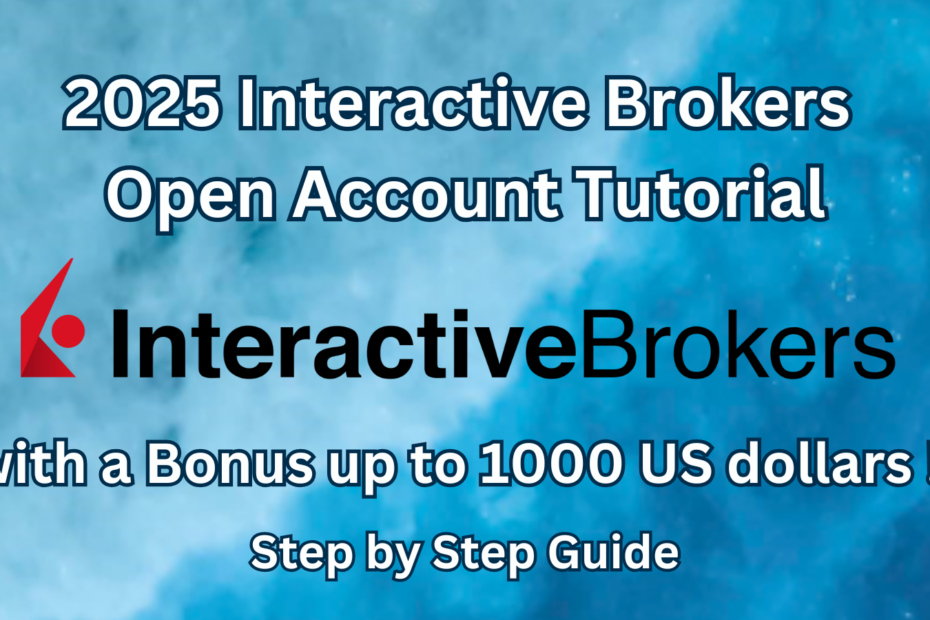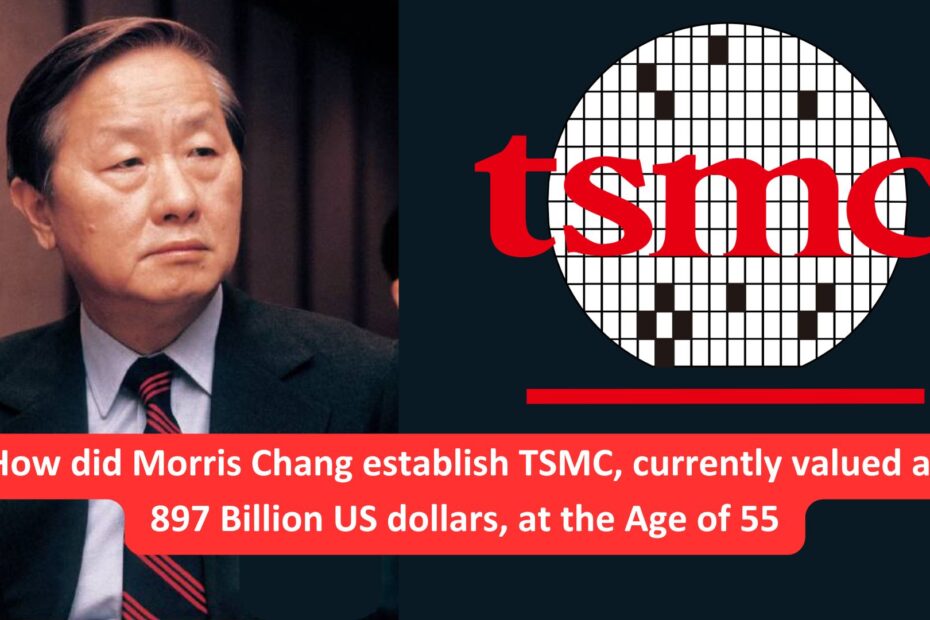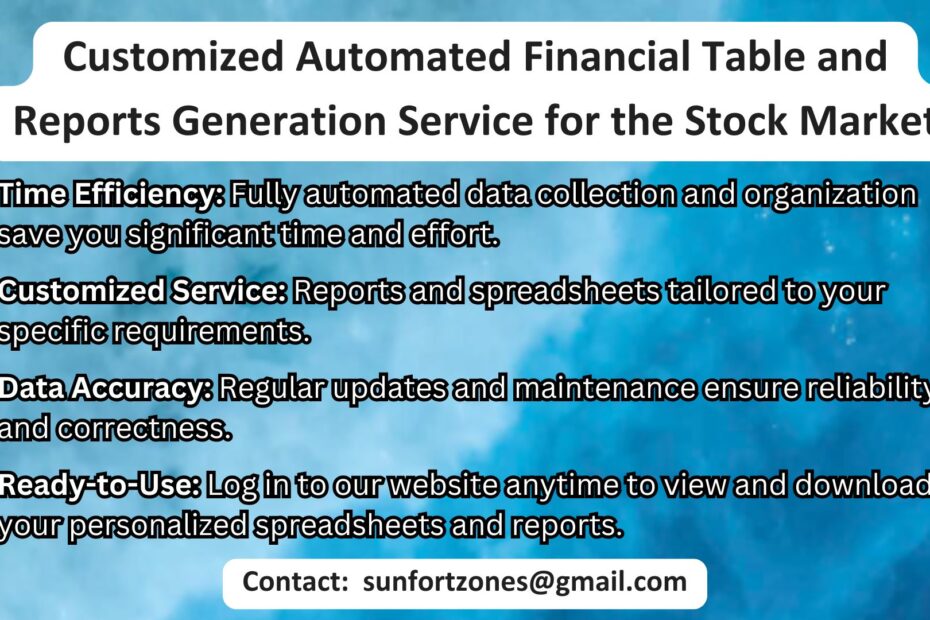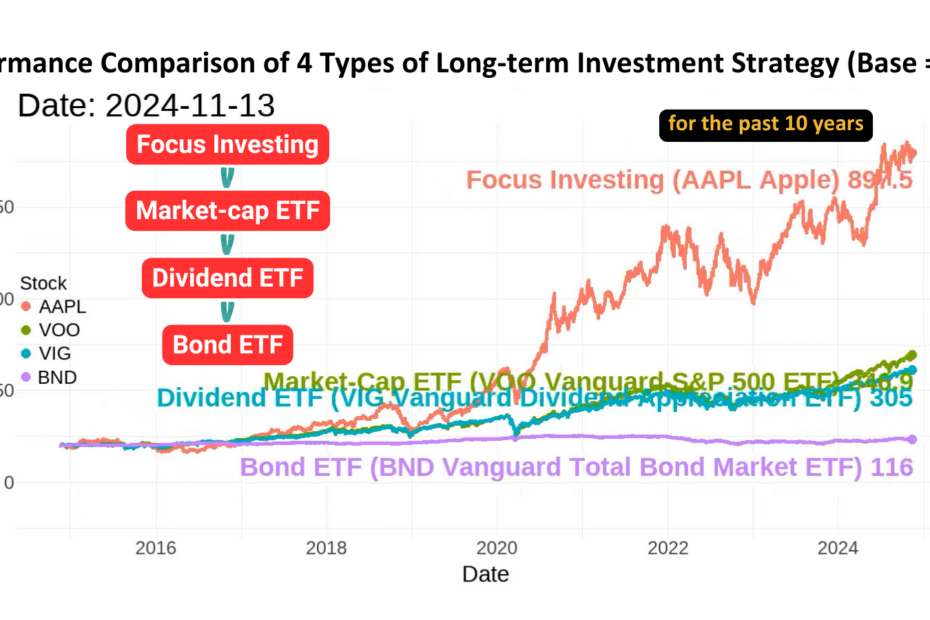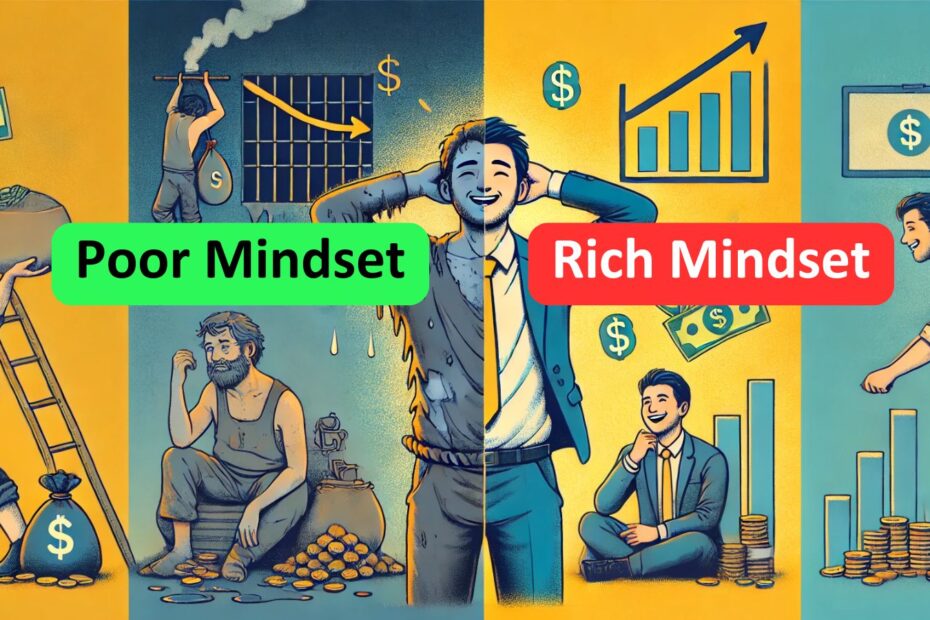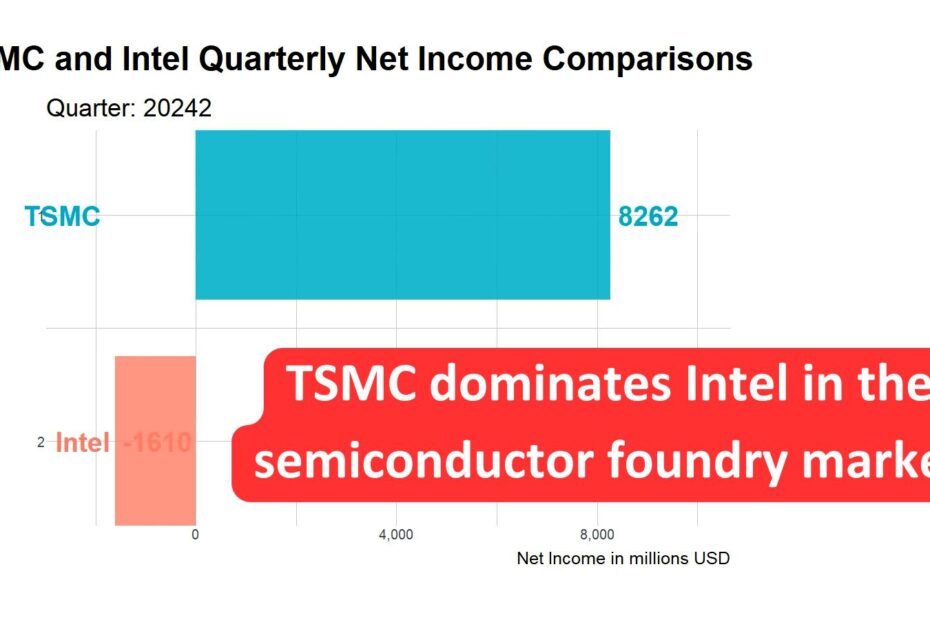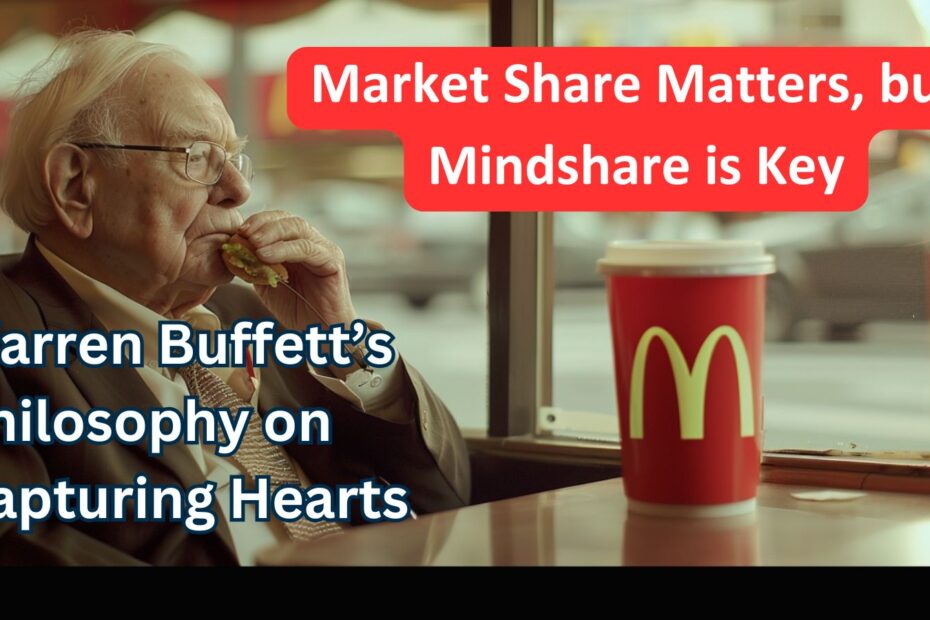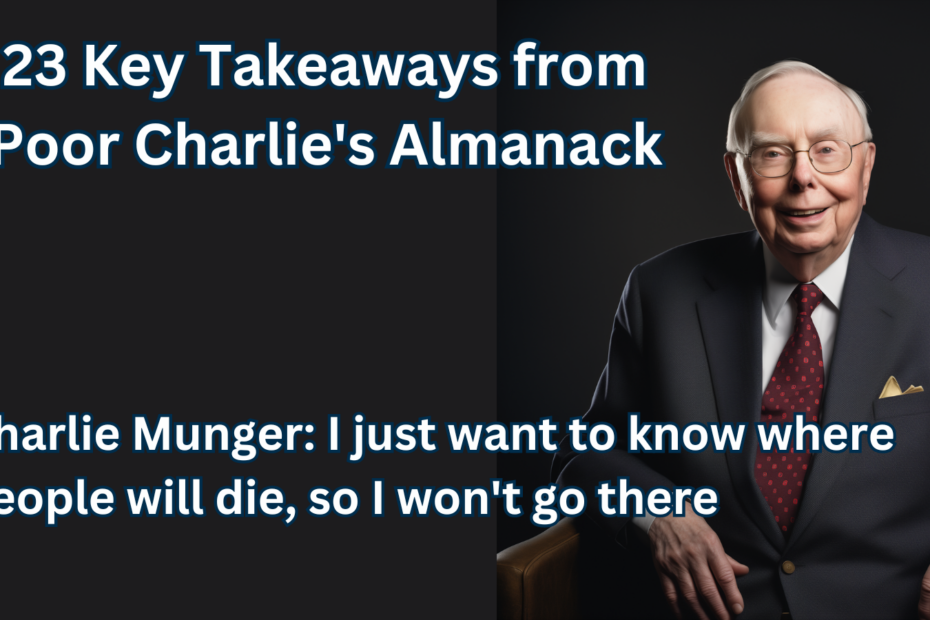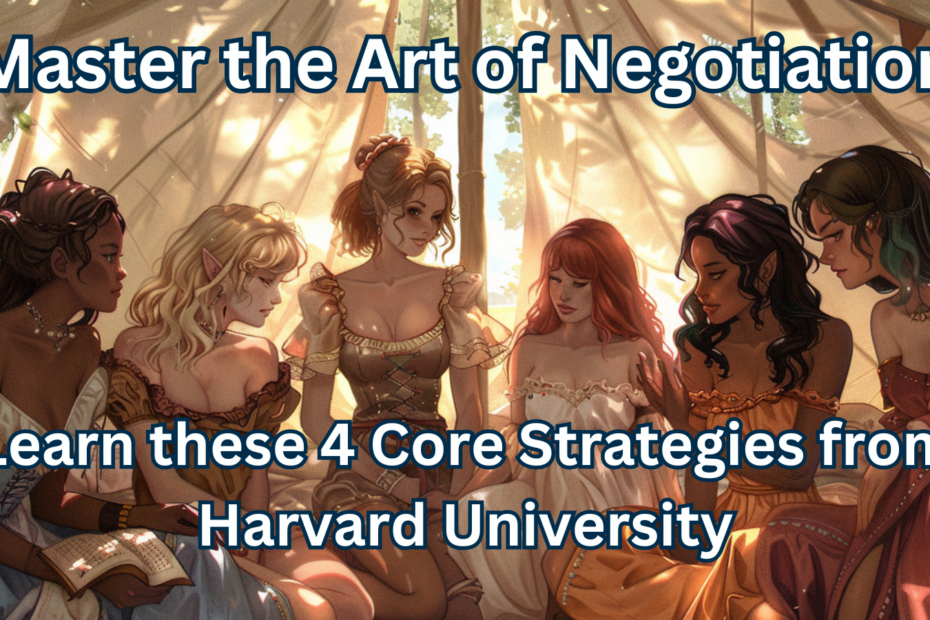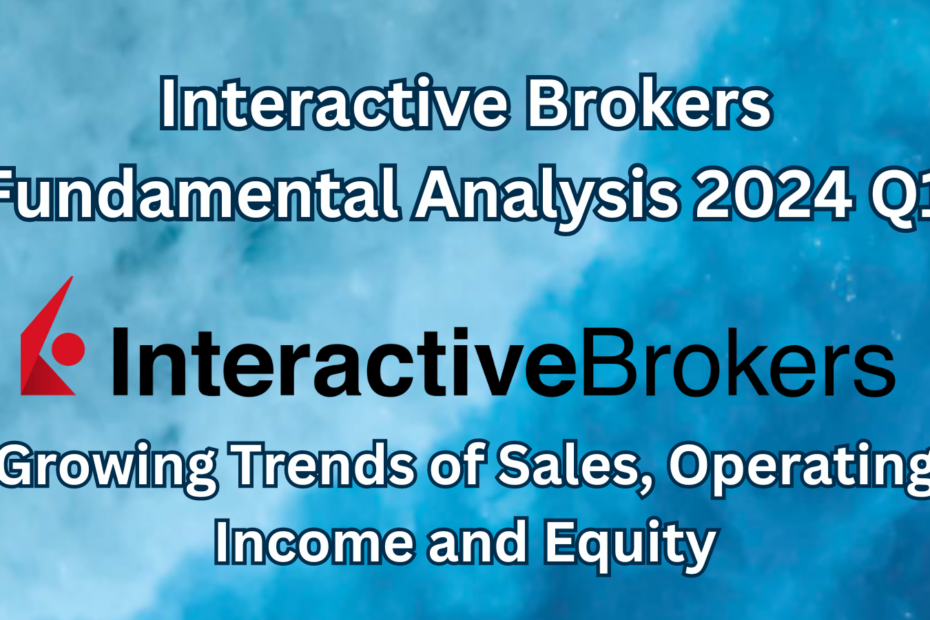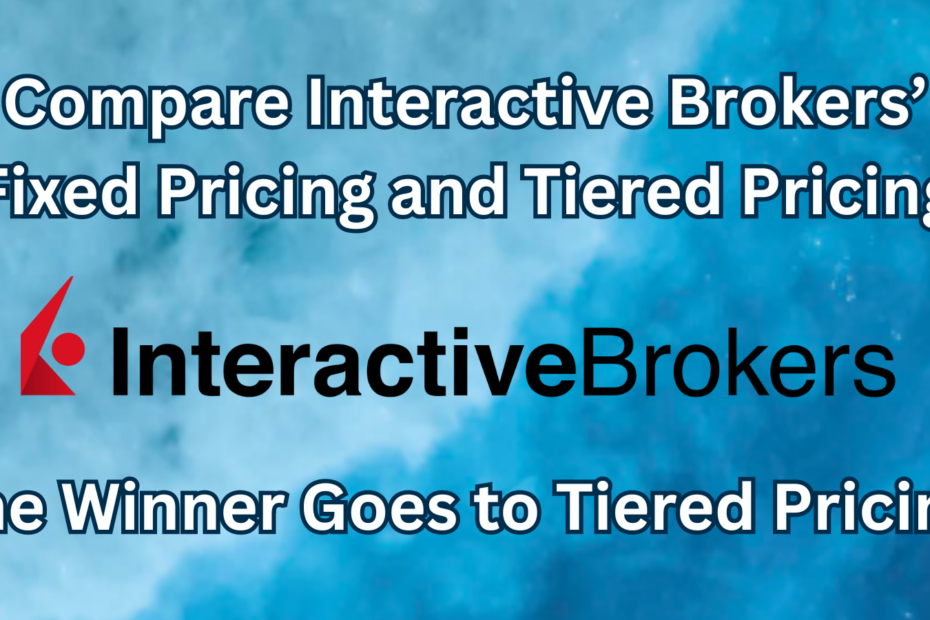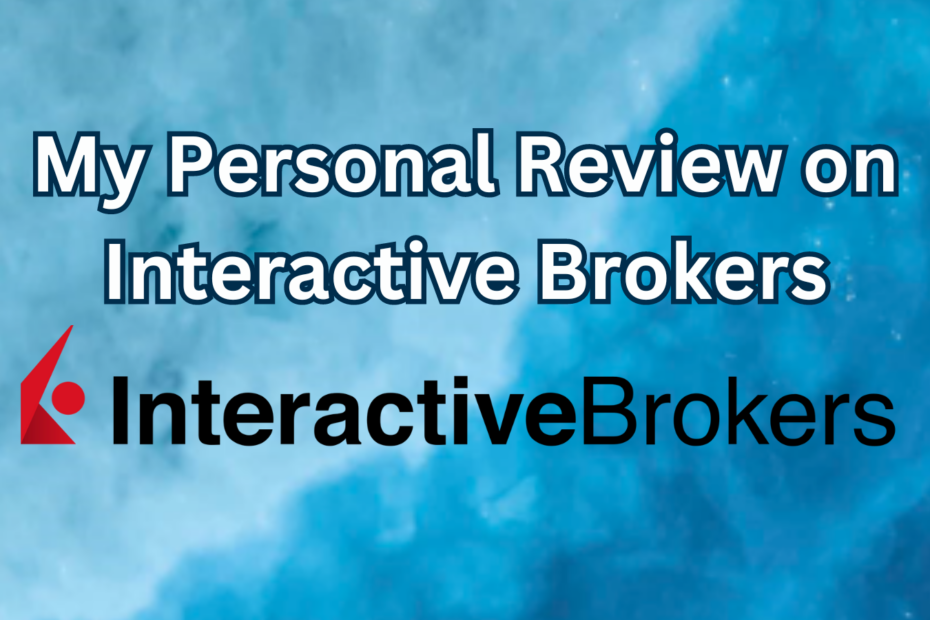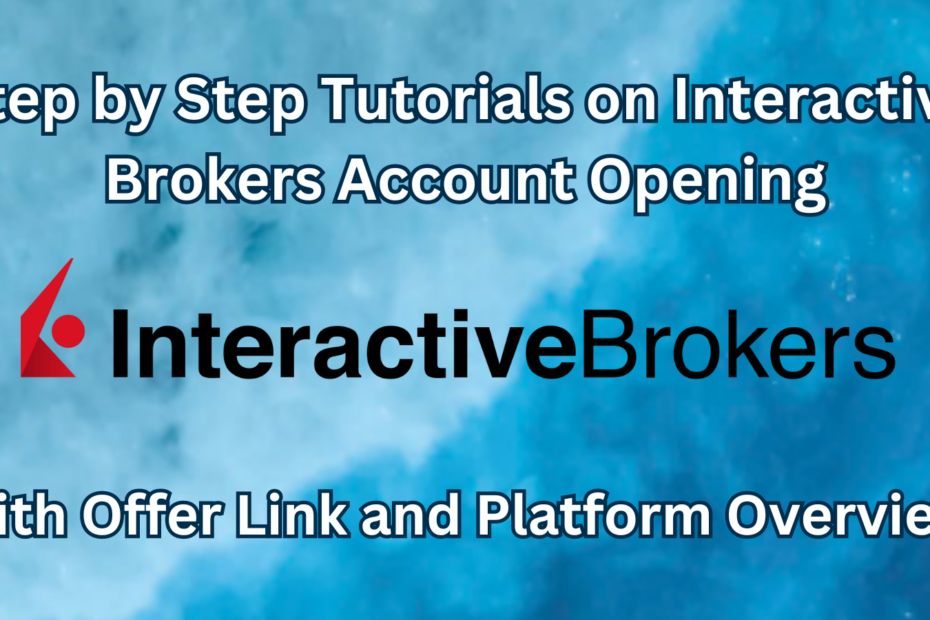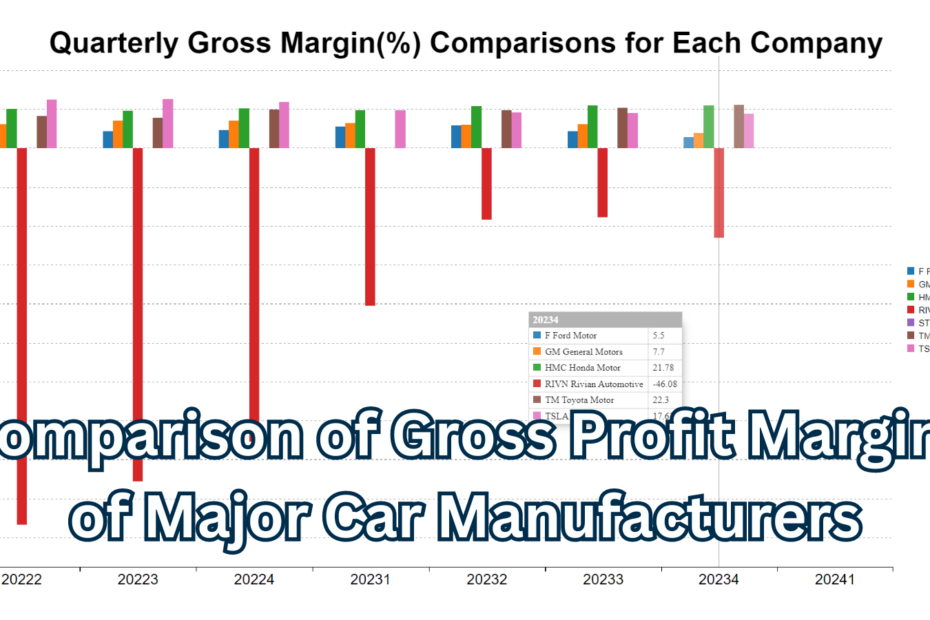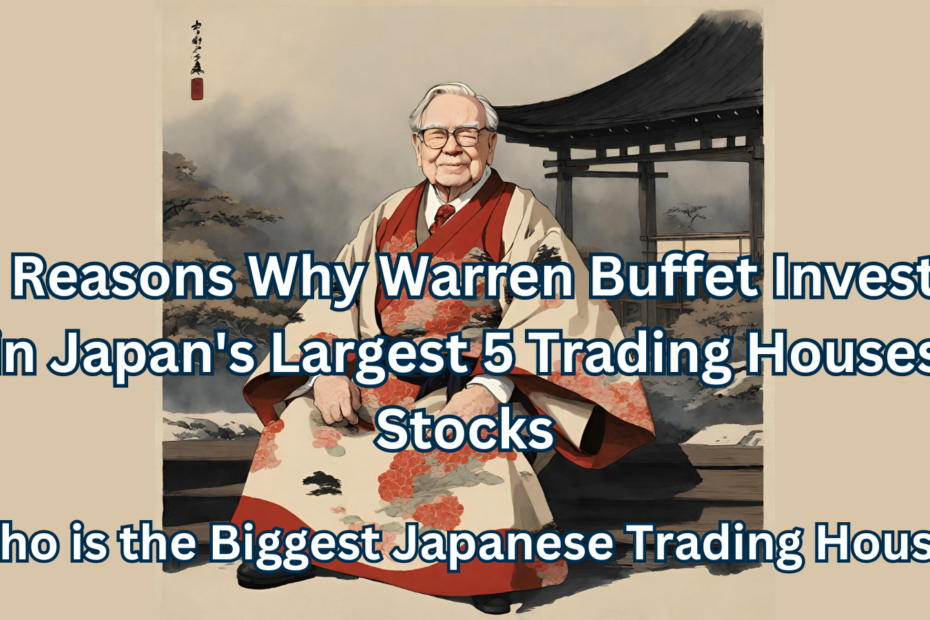2026 Interactive Brokers Open An Account Turorial with $US 1000 Sign-Up Bonus | IBKR Create Account 101
Thinking about opening an Interactive Brokers (IBKR) account but not sure where to start? This step-by-step 2026 tutorial walks you through everything — from registration to claiming up to $1,000 in IBKR stock bonuses. You’ll learn what Interactive Brokers is, who can open an account, and how to fund it safely and efficiently. Whether you’re a beginner investor or a seasoned trader, IBKR offers low fees, access to 150+ global markets, and professional-grade trading tools trusted by investors worldwide. Follow this visual guide to open your account, claim your bonus, and start investing globally with confidence.

